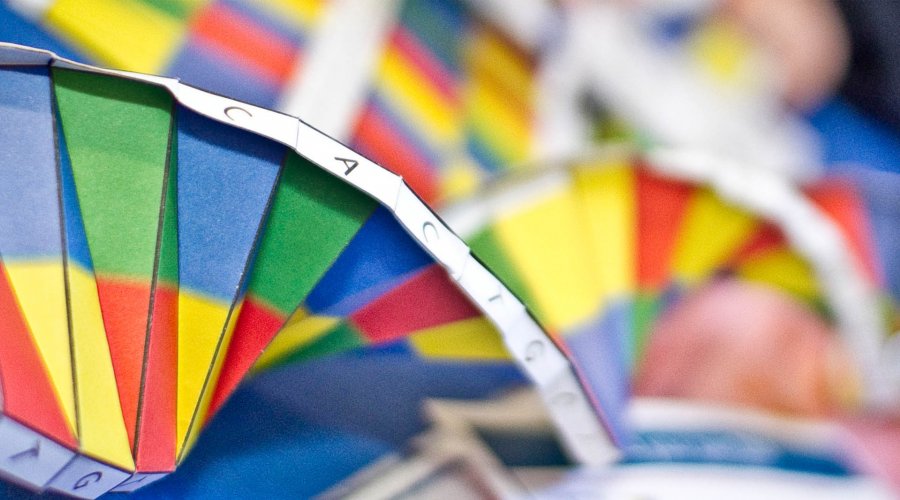DNA origami: how to implement vaccine design by nanotechnology
Origami is the art of folding paper to obtain forms of extraordinary beauty and complexity. Some origami are so small that we cannot see them with the naked eye: of course, they are not made of paper. In the molecular world, DNA origami are complex nano-structures composed of DNA molecules. Researchers from Karolinska Institute in Sweden combined these miracles of nanotechnology with immunotherapy in order to define the best design for particles-based vaccines.
What is so special about DNA? The complementarity between the nitrogenous bases making up its structure, the versatility, biocompatibility and the possibility for large-scale production, are all the features that make DNA a perfect candidate for "building".
What is the “building” about?
DNA origami are two- or three-dimensional structures generated by DNA folding on a nanoscopic scale (one nanometer is 10-9 meters!!), with a variety of applications…apart from making stars, triangles and smileys like those in the picture.

The individual forms of DNA can be induced to self-assemble into "nano-machines” able to do their tasks in automated ways or "nano-cages" for drugs delivery to specific districts of the body. They can also function as biosensors that intercept the presence of the molecules of interest in the body, which is useful for the early diagnosis and monitoring of diseases. Nevertheless, the application explored in this study is that of building DNA “nano-scaffolds” for the assembly of other molecules with nanometric precision.
How to design the best particle-based vaccine?
A nano-scaffold appears to be exactly what you need to generate the best particle-based vaccine ever. Today, many new vaccines make use of what is called “particles display”...but what is it?
A vaccine must include parts of its target, or antigens, which will train the immune system to recognize and attack it. Studies show that good results are obtained when the antigens are densely packed on the surface of nano-particles. That is because rigidly organized molecular patterns are very common in nature and the immune system has evolved a unique capacity to respond to such structures. Many efforts are concentrated on identifying the best spatial arrangement to induce the strongest immune response. There is a reason why spatial arrangement of antigens is so important.
Antibodies are typically Y-shaped, with the antigen binding sites located on the short arms. This means that an antibody can simultaneously bind two antigens and maximize the response, but only if they are at the “right” distance: whether they are too close or too far apart, the antibody may not be able to reach both of them at the same time. This must be taken into consideration when packing the antigens on the surface of a particle vaccine: only optimally spaced antigens will elicit an efficient immune response.
DNA origami served to manufacture surface nanostructures where antigens could be located at very precise distances one from the other. Then, the capacity of different antibodies to interact with them was measured. The study helped to define the optimal distance between two antigens to be simultaneously bound by the same antibody, which ranges between 3 and 17 nanometres. No way could such a precise result have been obtained with other methods. DNA nanotechnology could open new frontiers in the design of next generation vaccines and antibodies for serious diseases, including cancer.
Erika Salvatori
Reference:
Shaw, A., et al. (2019) Binding to nanopatterned antigens is dominatedby the spatial tolerance of antibodies. Nature nanotechnology.



